Field Guide / Hunting Tips
10 Photography Tips for Hunting Influencers
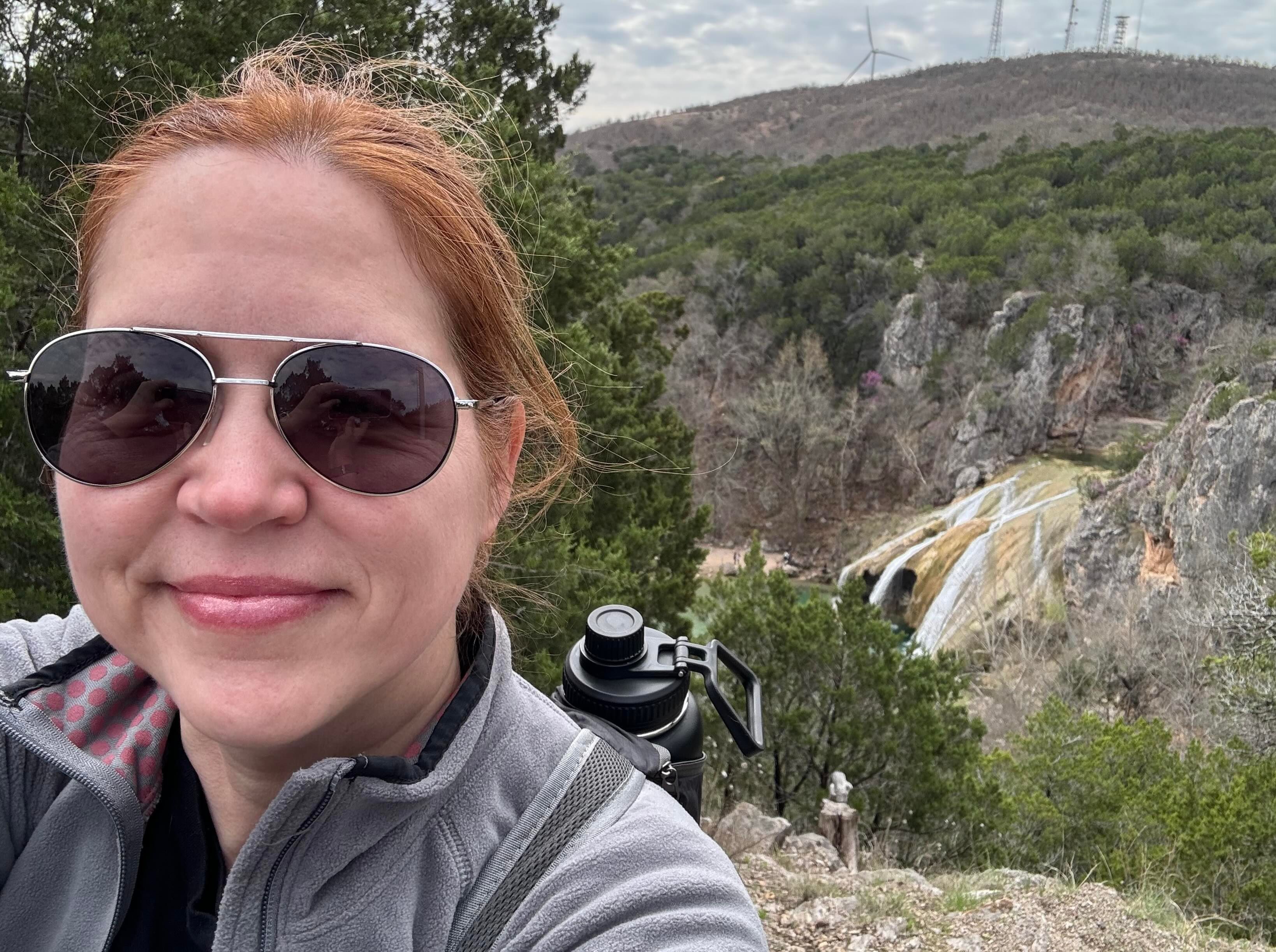
10 Minute Read
Creating visually engaging images has always been the end goal of a photographer. With the rise of social media platforms, engaging user-created content is more important than ever.
As a hunter and an influencer (or aspiring influencer), you have a unique opportunity to capture nature and wildlife in ways many others will never see. However, standing out from other influencers is crucial for getting your images and messages out and increasing your reach and visibility.
Today, we show you some ways to improve your images and make them stand out from the crowd. From capturing sheds to showcasing bucks in the wild, these tips may give you the edge to grow your influencer following or create sharp, engaging content.
The Best Camera is the One You Have With You
While this guide focuses mainly on iPhone photography, Android users can apply these principles in a similar way. Or, perhaps, you carry a better-quality digital camera – along with your rifle – in the field.
No matter which type of camera you use, the following ten tips that we feel will help improve your content and aid you in creating fun, engaging, and influential photos.
1. Set Up Your Shot
Using gridlines lets you properly utilize a photography fundamental, the rule of thirds.
This concept is based on not always centering subjects in the middle of the photo but placing them on the right or left of the image. This allows your images to have more "meaning" and appear more visual.
Using this rule can be helpful if you plan to post your content on a social feed (i.e., Instagram, Facebook, etc.). If your subject is always centered, a viewer's eyes will not move, and they will most likely scroll over it. However, if they see your image and have to look left and right to take it all in, they will be more engaged.
On an iPhone, you can enable grid lines by navigating to Settings > Camera and switching the toggle for "Grid" to "on."
Foreground, Middle-ground, and Background
Utilizing your foreground, middle-ground, and background is also critical to keep in mind when looking to take quality photos. If you correctly place elements in these three different areas, it brings a new level of depth to your image, making it much more engaging for a viewer.
There is a healthy balance. Creating a visually stimulating image is essential to stopping someone from scrolling past your image. When someone stops scrolling, you have a few seconds to communicate your message and provide them with something worth liking so you can develop accurate analytics.
So, keep your image composition interesting yet simple. Avoid creating a distracting canvas where someone is bothered by the fact that so much is happening.
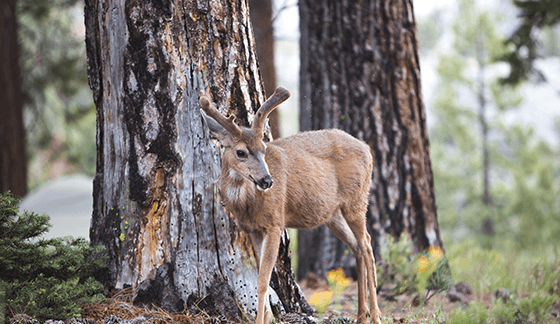
2. Set the Exposure
Believe it or not, Apple has built some really great tools into its camera app. There is more to it than pointing and taking an image: You can set manual exposures, tap to focus, and even lock your focus at a certain point.
The first thing to do is tap and focus on your subject; by tapping the screen, a square automatically sets your focus and exposure. In a good scenario, Apple's software nails it, giving you a well-balanced image.
However, we all know that the lighting can be off sometimes. There are no perfect scenarios in photography. So, let's take variables into our own hands and set custom exposures within the Apple software.
Instead of tapping the screen, tap and hold. This will lock the focus at a particular range.
- First, an AE/AF lock notice will appear at the top of the camera view.
- Once it is locked, drag your finger from top to bottom next to the box. You will notice a slider will move, and that is how you know you can begin adjusting exposure to the shot.
And just like that, you have set perfect exposures for whatever scenario comes your way outdoors.
3. Choose a Good Angle
Angle is also very critical to a shot.
Sometimes, an "okay" shot will become a "great" shot just by shifting the angle. Therefore, try to get creative and take a couple of shots to see what you are working with.
If you shoot from a higher birds-eye angle, your subject may appear smaller, but you provide more information about your subject's surroundings. However, if you shoot from a lower worm's-eye angle (also known as a hero angle), your subject will appear much larger and more powerful.
The point is, switch it up; don't always shoot straight on. Photography is about showing moments that people do not usually see. Show something that someone is interested in seeing and hasn't seen before.
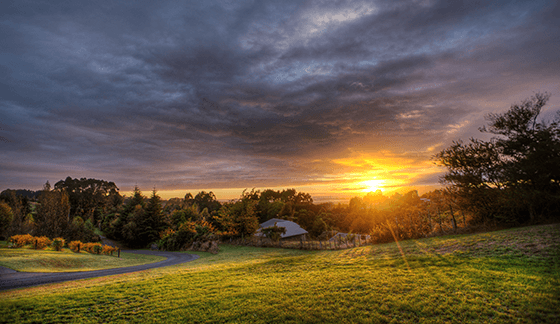
4. Experiment With HDR
Now, this can improve your images drastically or very poorly.
HDR is an acronym for High Dynamic Range. This technique takes multiple images and layers them on top of each other to get a more balanced exposure.
At its simplest, dynamic range just means the difference between an image's lightest and darkest parts. This mode is not good for shooting action shots because the camera needs time to process multiple images, but it would be more appropriate for a landscape shot.
HDR mode is the default when using the most recent iPhone models, so you're ready to take your shots using this feature. However, you can disable HDR by navigating to Settings > Camera, then Record Video, and sliding the HDR Video toggle off.
5. Clean the Lens
Where is your phone most of the time while in the field? It's probably in your pocket.
What else is in your pocket? Dirt, lint, and other gross stuff you'll collect while walking in the woods or a field during a hunt.
So, before photographing wildlife, clean that lens – unless you are going for dirt spots, fingerprints, and other things in your image. Take a microfiber cloth with you into the field and use it to wipe off the lens of your phone or digital camera.
6. Snap Shots Quickly
This is a simple tip. However, many people overlook it, assuming they won't get high-quality photos with this technique.
When your target moves into your line of sight, start shooting photos. Try to follow the framing pointers we mentioned earlier, but don't spend too much time positioning an animal in the frame. They'll likely move on before you can get your shot!
Then, instead of waiting and hoping you captured that one amazing photo with just one camera click, snap many images quickly. This helps speed up the time it takes to capture a shot, avoid potentially missing that great shot, and allows you to select the perfect shot you were looking for later when you're back at hunting camp or home.
7. Use Leading Lines and Mergers
Using leading lines is a great technique for capturing someone's attention and allowing them to draw their eyes across the image.
Lead lines can add depth to your image, so look for artificial objects such as roads, buildings, and bridges. These features can add variation and direction to the image. Natural objects such as rivers and shorelines have the same effect as well.
Pay close attention to these elements, however. When used improperly, they can create merging lines with your subjects and other unwanted side effects.
8. Use the Right Lens for the Right Job
The latest iPhones have a dual camera system for sharper images and different photography scenarios. This system allows you to switch between a wide-angle or a telephoto lens, which can increase image quality depending on the shot.
If you are shooting a wider shot, use the wide angle. Then, what about when you shoot a photo of something further away? Use the telephoto.
To switch, find the "1x" button above the shutter button within the camera app. Tap it to change it to telephoto (labeled 2X), then tap it again to return to a wide angle. Wide angle is the default.
Now, you may be wondering why you should switch the lens at all when you could just pinch and zoom to get closer to your subject. Well, the golden rule for smartphone photos is never to use the pinch-to-zoom feature unless necessary (aka digital zoom).
The best zoom is your feet or getting closer to your subject physically. When you use digital zoom, computer software zooms, not the lens, so you lose massive image quality. So the image may not be as clear.
9. Try Shortcuts
Apple has built a couple of tricks into the app buttons for alternative ways of taking photos and accessing different features.
You can use the volume up and down buttons to capture an image when in the camera. This is helpful if you cannot use the touchscreen, if you are wearing gloves, if your hands are dirty, etc.
Capturing an action shot on the iPhone can be tricky, as getting clear photos and time them correctly can be tricky. There is a sneaky little trick to do this, though. If you hold the shutter button down, the iPhone will enter burst mode and shoot a ton of photos really fast.
When you release your finger, a window will open, allowing you to select what images you like and delete the rest to conserve storage space.
10. Don't Forget the Lighting
Lighting is an integral component of photography, and certain lighting conditions are preferable to others.
You might not realize (until you look at your photos later) that bright and sunny conditions create harsh light and shadows, which should be avoided for the best images unless necessary. If you need to shoot midday, a good practice is to place the sun behind the subject, set your exposure and focus for the subject, and overexpose the background. That way, your subject is exposed correctly.
Also, if you can find some shadows, it's good to use them as a diffuser to remove the harsh shadows from the subject.
Soft light is, more often than not, the preferred lighting situation. It complements facial features for portraits and other subject photography. It also makes it easier to expose your image correctly, so you are at a consistent exposure rather than sections of the image being blown out and other parts too dark.
A cloudy day is a great example of this. Shooting in the shadows also achieves this effect. However, you must be careful of your background. If the background is brighter, you must keep that in mind when setting your exposure.
The Golden Hour
Sunsets and sunrises are great times to shoot images, and this is referred to as the "Golden Hour" for photography.
You get great colors, and the lighting is pleasing when shooting at these times of the day. However, the complication with shooting during this time is that you may have a much shorter window to shoot in, depending on the type of year.
Let HuntWise Guide Your Hunt and Photo Shoot
At the end of the day, photography is an art form. If you want to excel at it, you need to practice. These tips will help create better-quality images as you learn and advance in the craft.
So, the next time you shoot photos while on a hunt, think about your image before you take it. Why am I shooting this angle? Why did I set the exposure this way? Everything has a reason in the image; if you provide reasoning for all your decisions behind your photo, you will be amazed at the images you capture.
When you find good spots for excellent shots, mark them on your map in the HuntWise app. Not only can HuntWise help you scout the best public and private land for your hunt, but you can also use it to remember where you took amazing images and return to those spots again each season.
Then, as you build your photographic portfolio, share it with the community in the app! We love seeing photos of the animals you hunt and the beautiful nature around you while you hunt.
Start your free trial with HuntWise! Download it today.
Content updated June 5, 2023.
Previous in Hunting Tips
Next in Hunting Tips
Try HuntWise For Free
Start your risk-free 7-day trial now!
More Content Like This
3 Tips for Hunting Whitetail in the Rain
Every hunter knows that rain puts a damper not only on the ground but also on deep camp. Many of us save our vacation time all year long for this short season, which is our pride and joy. Read More
Read More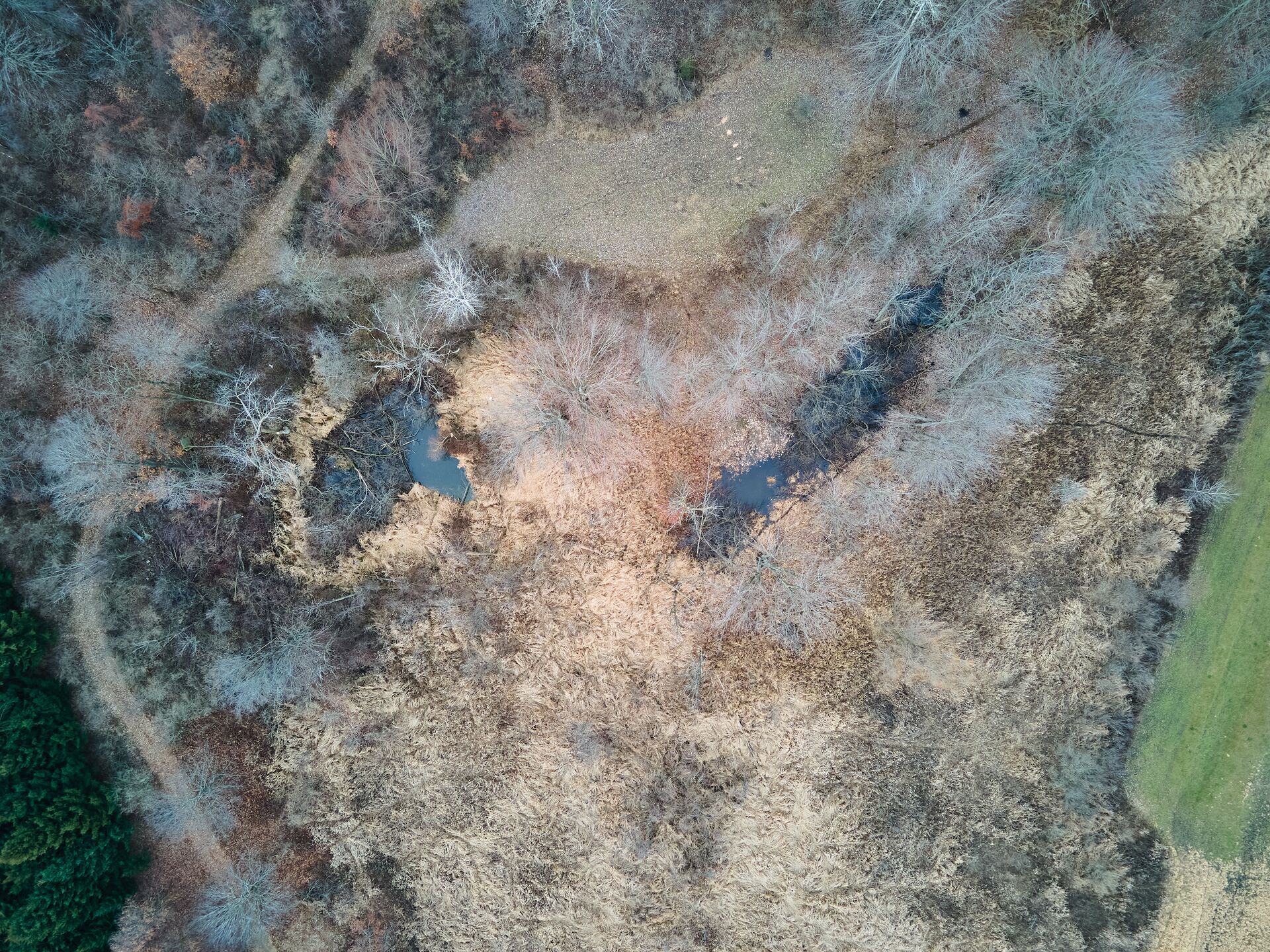
How to Find Where to Hunt Near Me
Many hunters are willing (and anxious) to travel to conquer game on their hunting bucket lists – but what about hunting closer to home? Chances are, hunting nearby is where you learned to hunt and hunt most often. Read More
Read More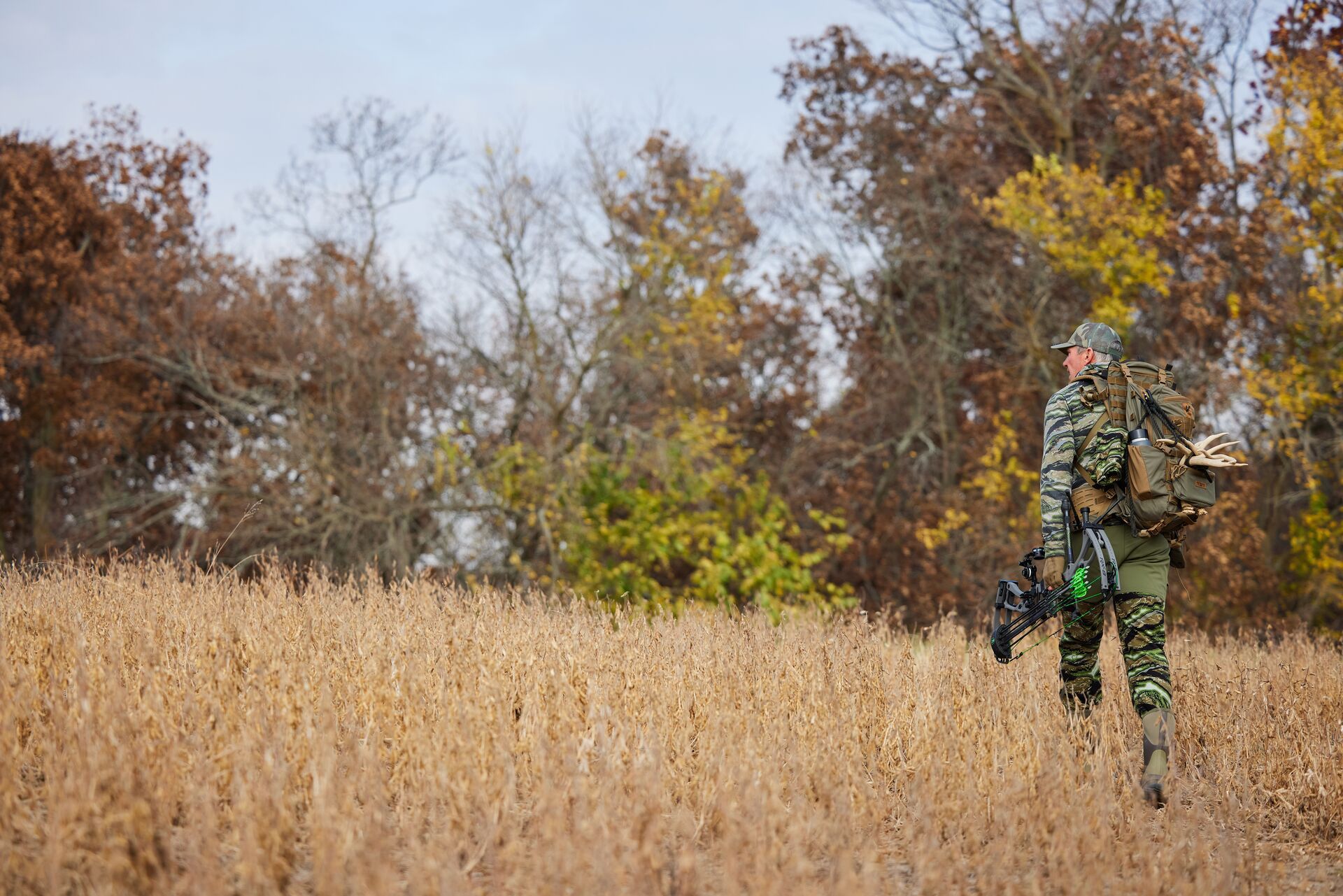
How to Get Permission to Hunt Private Land [10 Tips]
Have you ever been driving through the backcountry only to pass parcel after parcel of stunning private land that you know holds big bucks and thought, "I wish I could get in there?" Read More
Read More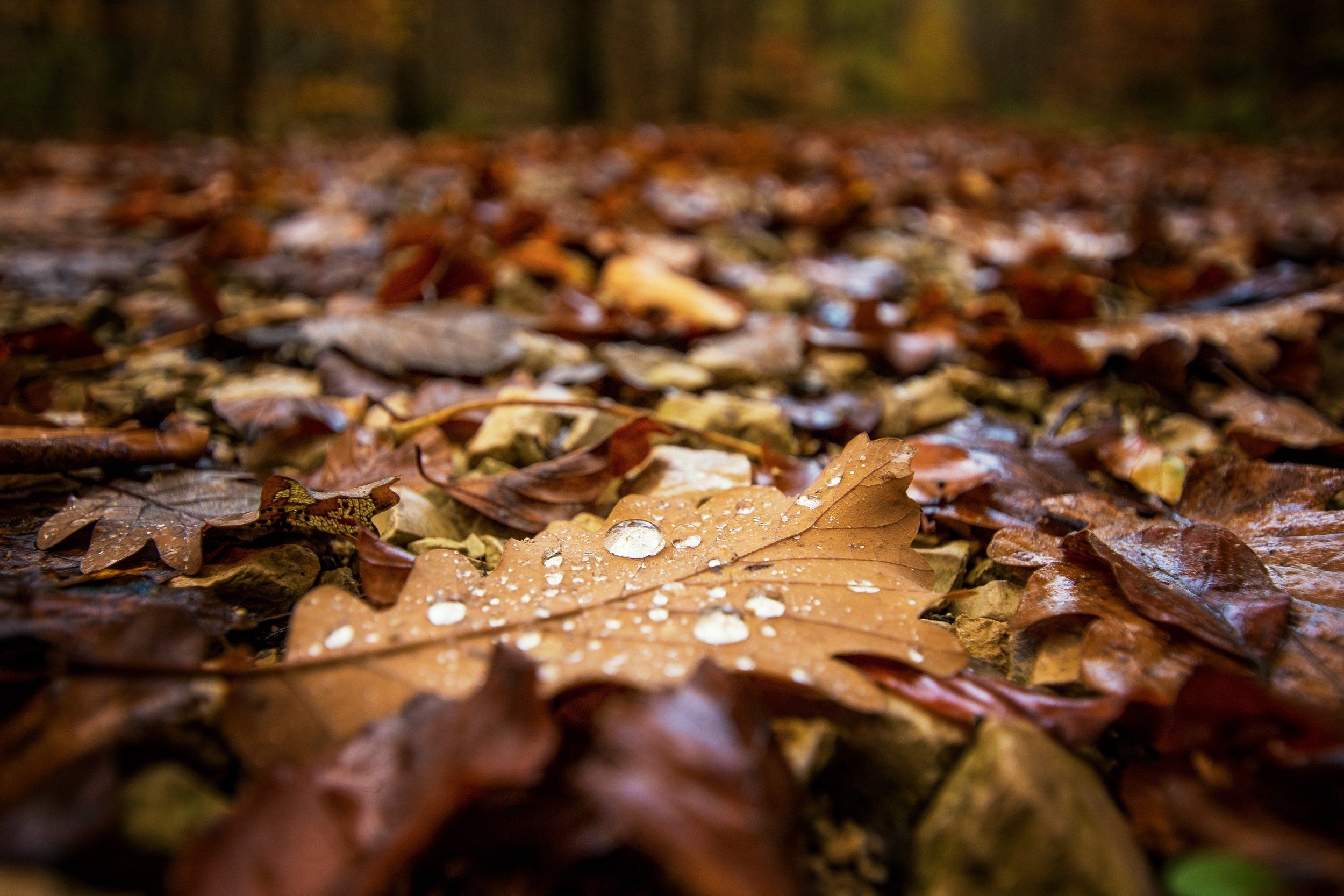 Hunting Tips
Hunting Tips3 Tips for Hunting Whitetail in the Rain
By Justin Middleton | 08/04/2023Every hunter knows that rain puts a damper not only on the ground but also on deep camp. Many of us save our vacation time all year long for this short season, which is our pride and joy. Read More
Read More Hunting Tips
Hunting TipsHow to Find Where to Hunt Near Me
By Teri Williams | 05/17/2024Many hunters are willing (and anxious) to travel to conquer game on their hunting bucket lists – but what about hunting closer to home? Chances are, hunting nearby is where you learned to hunt and hunt most often. Read More
Read More Hunting Tips
Hunting TipsHow to Get Permission to Hunt Private Land [10 Tips]
By Melisa Geleott | 05/06/2025Have you ever been driving through the backcountry only to pass parcel after parcel of stunning private land that you know holds big bucks and thought, "I wish I could get in there?" Read More
Read More
1 of 3